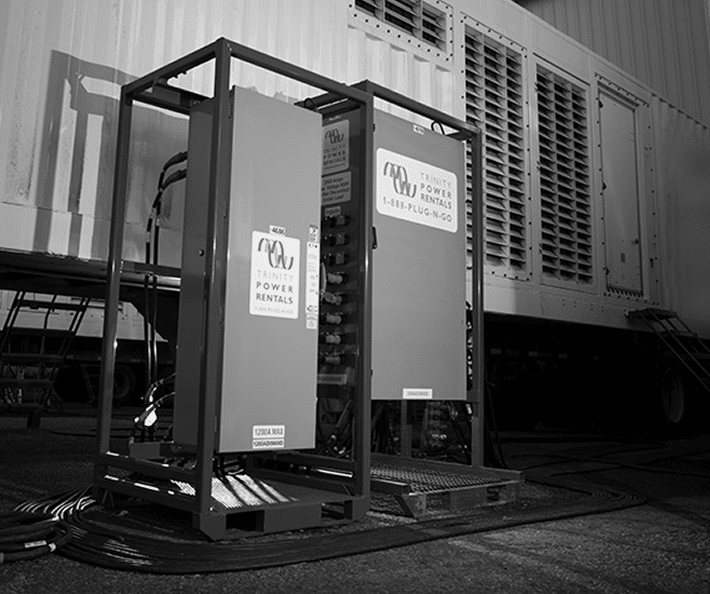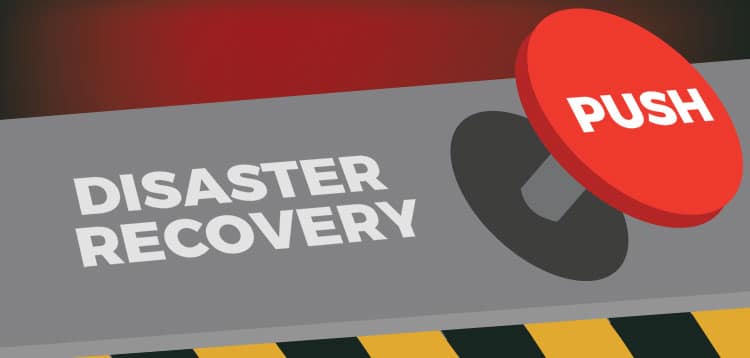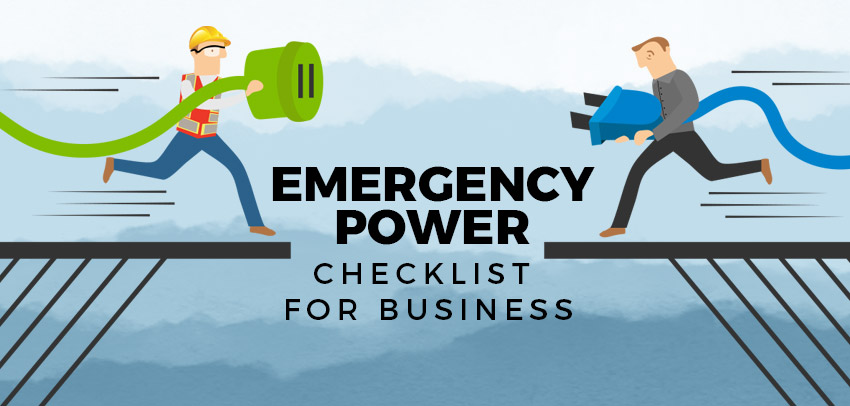- OUR APPROACH
-
COMMITTED TO YOUR SUCCESS
Our approach, developed over decades of experience, is fine-tuned to get the results you want.
We deliver concept-to-completion solutions, designed by temporary power specialists with access to the largest inventory of high-quality power generation and distribution equipment in North America.
-
- Equipment
-
RENTALS
From a wide range of diesel and natural gas generators to transformers, cable, light towers and more, our large rental fleet and extensive vendor network ensure we’ll have the temporary power equipment that your project requires — every time.

-
- Industries
-
INDUSTRIES WE SERVE
For nearly 20 years, we have been at work powering projects across Canada’s industrial sectors.
Select from this sampling of industries to learn how we can put our expertise to work for you.
VIEW ALL- Projects
- About
-
A PROUD HISTORY. A BRIGHT FUTURE.
From our inception in 1998, we have been building our team on a foundation of excellence. Our team members’ passion, expertise and commitment are what have allowed us to grow into a national company with projects across Canada.
Click on the links to learn more about our history, our team or our career opportunities.
- Blog
- Contact
-
Fall has arrived, which means winter is close behind. But while we anticipate the start of hockey season and ski season, there’s another season that business owners need to keep in mind: storm season.
Snowstorms, wind storms and flooding caused by excess rain are some of the things that winter brings, and having an emergency plan in place is the key to avoiding the often heavy losses that these events can incur.
Last November, we put together an eBook detailing exactly how to prepare your business for an emergency, with advice from industry-leading emergency preparedness professionals.
In honour of winter’s imminent arrival, we’re sharing the key points from that report here, along with some new, winter-specific insight from Doug McLeod, primary at Skye Emergency Preparedness, and a founding member of EPICC.
3 Steps For Effective Emergency Planning
Create a Plan
According to CEMA’s Cara Katterhagen, emergency planning for a business will be twofold: “A situation that arises might first activate an emergency response plan and then move into the business continuity plan,” she explains.
While an emergency response plan lays out what should be done during and immediately after an emergency, a business continuity plan details the steps that must be taken to ensure the business continues to run as soon as possible after an emergency.
Creating a plan involves looking at your business’s specific risk factors and needs. “It’s really incumbent upon all businesses to look at what their critical causes are,” explains McLeod. “And whatever the cause of the disruption, [to understand] what the impact of that disruption would be.” If the impact of an emergency would be significant to a business, McLeod emphasizes that business owners or upper management must look for ways to mitigate that situation, or have a backup plan in place if avoiding it is not possible.
Pacific Coast Terminals offers a good example of such planning. Curtis Rutherford, the assistant manager of operations there, explains, “We look at relevant scenarios that are likely to happen at the terminal.” Scenarios they plan for include everything from a fire on a vessel, to infectious disease, to an armed, disgruntled ex-employee.
Communicate the Plan
“Communication is absolutely fundamental to any situation,” says Bill Werny, VP of Operations at the Fort McMurray International Airport. “Making sure the right people are informed and reacting appropriately.” These people include both your employees and your emergency contacts. Other contact numbers might include the RCMP, the fire department, or municipal agencies.
Exercise the Plan
“Every company, every business can improve their plan,” says Werny. “And that’s why you practice and you exercise -to do exactly that.” The experts we spoke to all agreed that training is crucial for an effective emergency preparedness plan.
Drills might not be the most popular company activity, but they are key in identifying gaps in the plan, getting new staff members on board and ensuring everyone is clear and comfortable in their emergency response role.
Special Considerations for Winter
While an emergency preparedness plan should take any potential disruption into account, there are certain things that businesses should pay close attention to in the winter.
“I think one of the first things [business owners and senior management] need to look at is how to be prepared for a power outage,” says McLeod, who knows a thing or two about power, having led BC Hydro’s emergency planning for 11 years prior to forming Skye.
According to McLeod, to prepare for an outage, businesses should determine what aspects of their power usage are critical. “If there’s anything that they can’t reasonably survive without for longer than about 4 hours, with the power out, then they should have some sort of backup.” That backup might be an uninterrupted power supply (UPS) if the power requirements are low, or a generator with an automatic transfer switch, if more power is required.
Another common winter problem is employee absence, whether from an emergency or a commute interrupted by ice and snow. McLeod emphasizes the importance of identifying critical personnel and ensuring that, should they be unable to access the site, that there is a way for their work to get done.
McLeod suggests that businesses have employees who are trained as a backup. Or, if it’s possible for the critical employee to work remotely, “make sure that those employees have that capability.” For example, “Sometimes they need specific, particular access to the business network.”
Leadership Matters
In the end, McLeod says, it’s all about management. “It’s really senior management’s responsibility to either identify the potential problem or task somebody within their organization to do that,” he says. “If senior management doesn’t take up the ball to do it, then very often the middle and junior management is not going to do it. Their key focus is satisfying their boss. And if it’s not important to the boss, then it may not be important to them. Senior management needs to be the leader.”
Related Articles
Subscribe for Access to Exclusive Content
Get insider updates, industry news, special equipment offers, and expert tips—directly to your inbox.
"*" indicates required fields




















